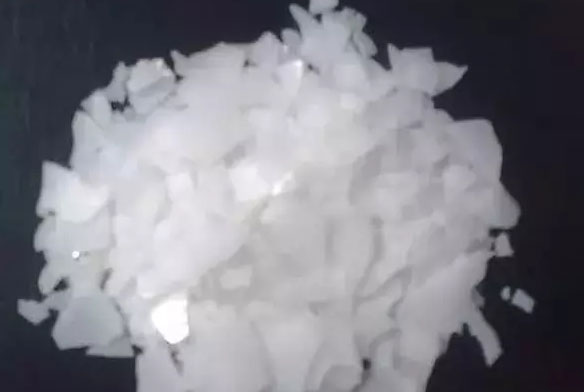Select pvc lubricant, formula design and adjustment process should also pay attention to the following aspects:
(1) the effect of processing temperature on lubrication
The viscosity and lubrication efficiency of the lubricating interface film are also subject to the melting point and processing temperature of the lubricating layer. When the melting point of the lubricant is close to the processing temperature, too much viscosity will hinder the formation of an interfacial film, while the melting point is too low, the lubricant will be too thin to destroy the interfacial film, and the lubricating effect is not good. Processing temperature increases, the compatibility of lubricants and resins increases, the loss of volatile lubricants also increased, the addition of external lubricants and use the normal processing temperature lower compatibility of the lubricant to solve.
(2) lubricant dispersion and performance impact
Uneven dispersion can result in unequal lubrication, adding dispersant-enhancing components as necessary or loading the lubricant on a comminuted, inert support (eg, silicate).
(3) lubricant compound
A single lubricant is difficult to achieve the desired effect of lubrication, the general compound of several lubricants, in order to meet the processing and product performance requirements, reduce the dosage and improve the lubrication efficiency. Refractory and fusible lubricants will penetrate each other, so that thickening of fusible lubricants, surface migration ability to reduce the processing range broadening, improved melt uniformity, and improve the mechanical properties of products and appearance quality, to ensure that the extrusion process Material lubrication balance.


